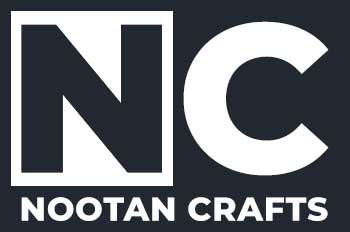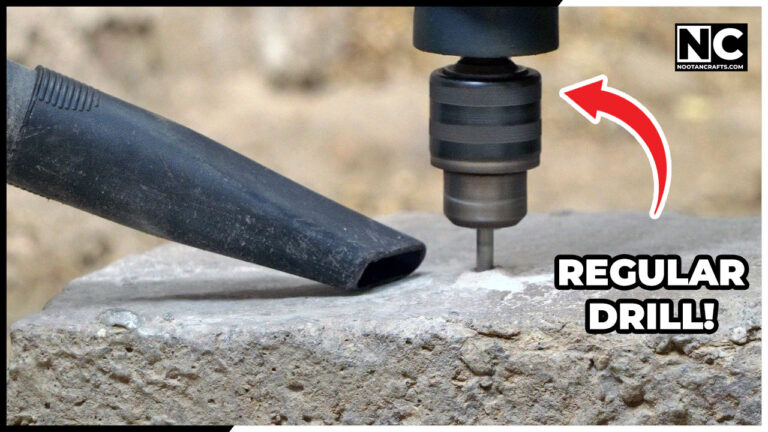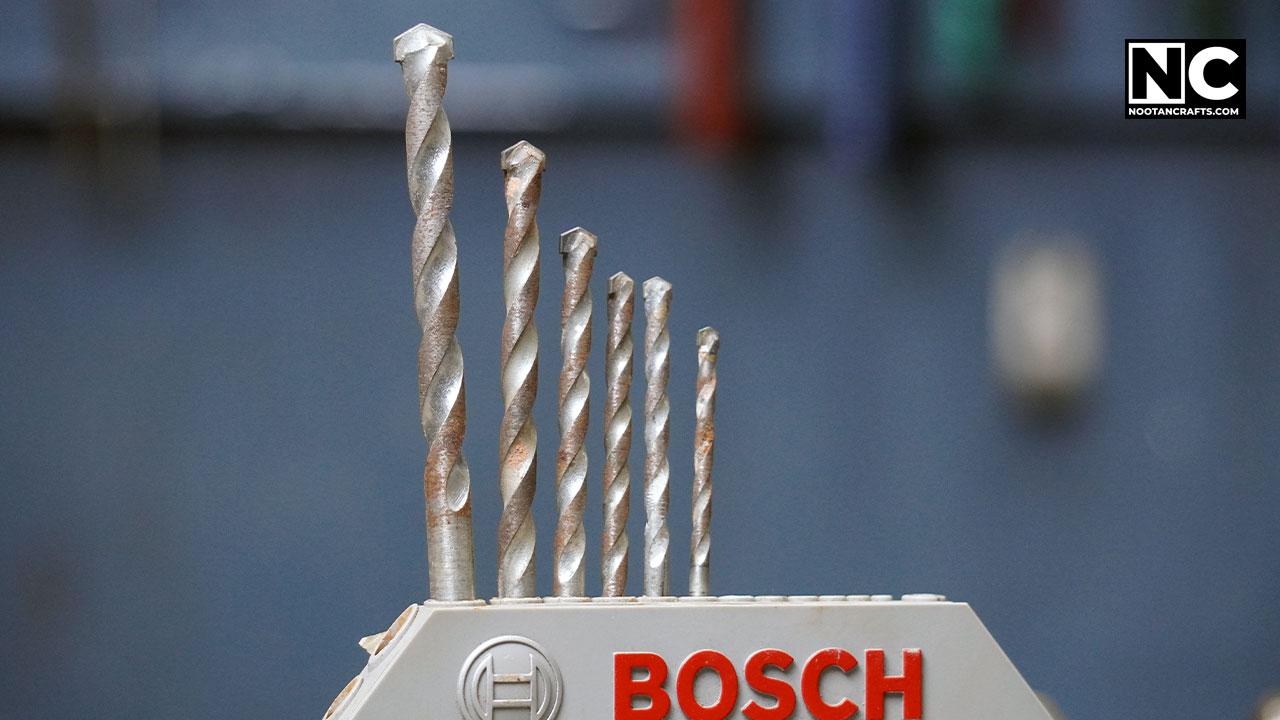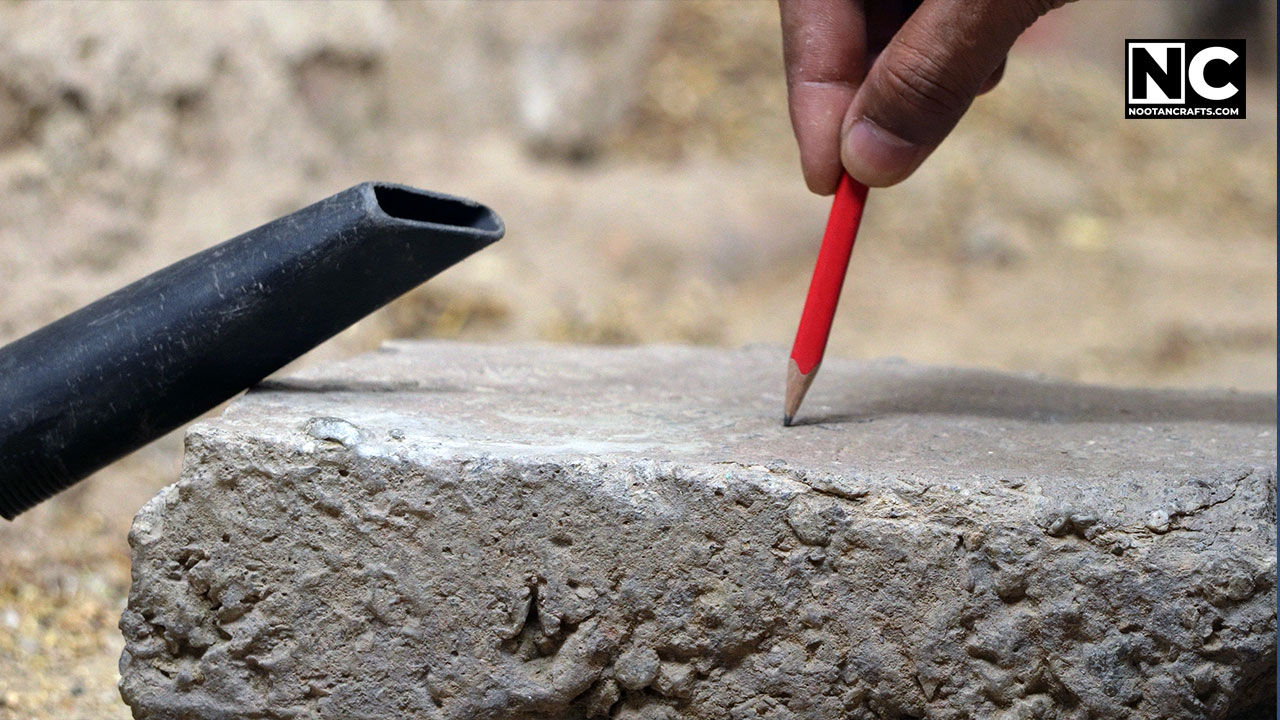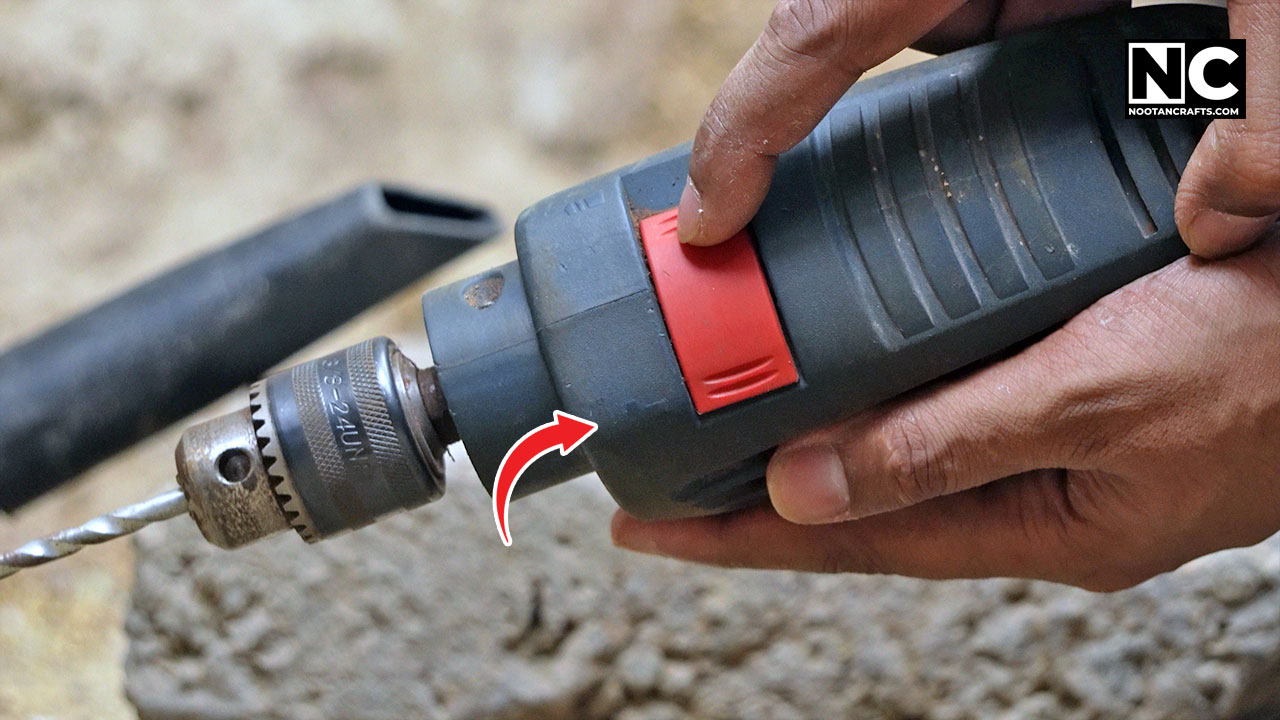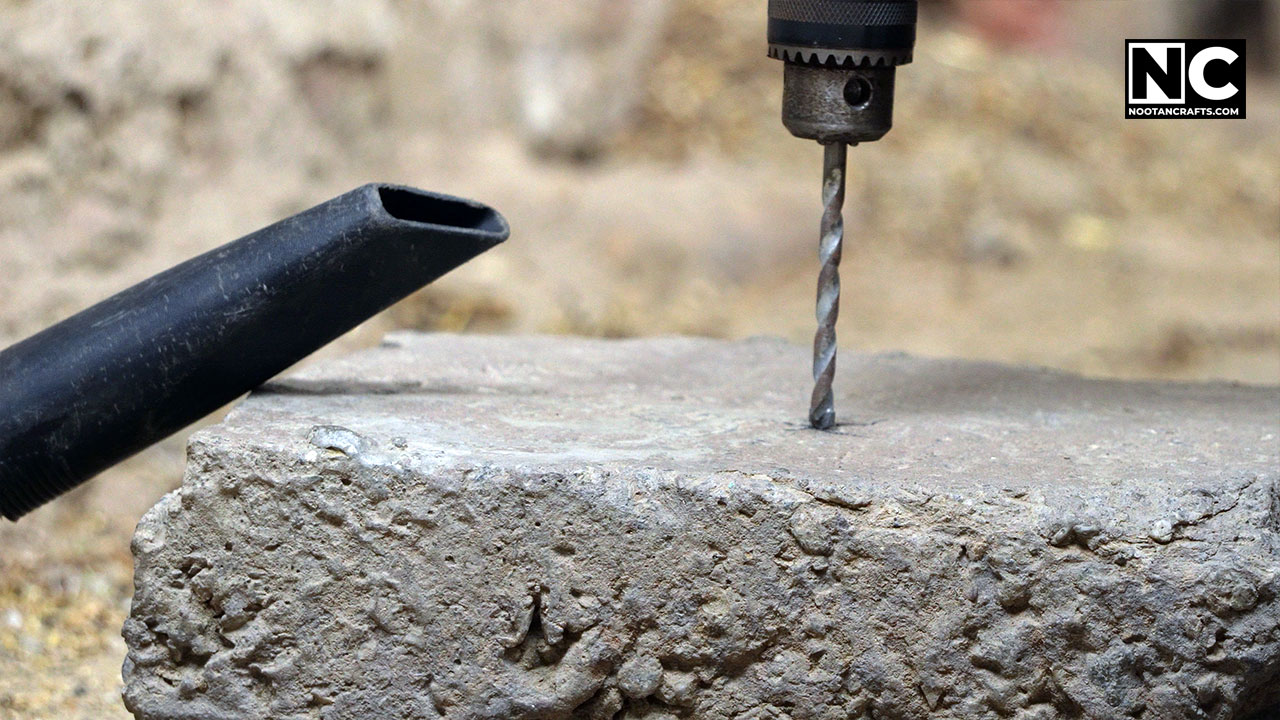Before I talk about how to drill into concrete without a hammer drill, let me tell you a short story.
I have been a DIY enthusiast since my childhood. About ten years ago, I purchased my first power tool, which was a used Bosch GSB 10RE impact drill. I was amazed by that machine because it made drilling simpler. I may sound stupid, but I used to think that creating a perfect hole in metal with a handheld tool was impossible.
That machine has always been everything to me. I used it everywhere, whether we talk about wood, plastic, metal, or even concrete until it stopped working in 2019. Interestingly, I purchased the same model again because I was too attached to it.
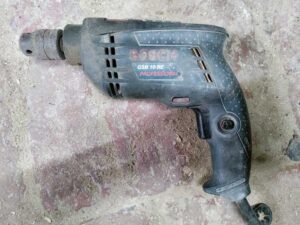
When I became more financially independent about three years ago, I purchased many tools, including a hammer drill. It was the same exhilarating experience as buying my first drill because I discovered that drilling into concrete is effortless if you have the right tool.
The point is, I had always drilled into concrete with a regular drill until recently when I bought my first rotary hammer machine. But before I had this tool, I learned many techniques to work with a regular impact drill. That’s exactly what I’m here to share with you today—how to drill into concrete without a hammer drill, based on years of hands-on experience. So, let’s do this!
How to Drill into Concrete Without a Hammer Drill – Step-by-Step Guide
Time needed: 15 minutes
With a rotary hammer drill, you can effortlessly make holes in concrete because it has a built-in impact mechanism that generates a hammering motion. This mechanism pulverizes the material, helping to drill faster.
On the other hand, this mechanism doesn’t exist in a regular impact drill, so we need to apply more muscle force to make it work. Here is the complete step-by-step process for drilling into concrete with a regular impact drill.
Tools and Materials Needed:
• Masonry drill bit
• Regular cordless drill
• Marking tools
• Safety gear (gloves, goggles, dust mask)
• Vacuum cleaner
- Select the Right Drill Bit
It is crucial to select a masonry bit that matches your project requirements. Metal or wood drilling bits won’t work because a masonry bit has a blunt and durable tip that helps pulverize the material and create a way to go inside.

- Mark the Drilling Spot
Mark the spot accurately with a pencil, which will help us guide during the drilling process. You can also use a sharp screwdriver or other tools to mark the spot.

- Switch to the Impact Mode
Impact mode is slightly more aggressive than the Drilling and screw-driving mode because it mimics the hammer mechanism that is found in the hammer machine. It can be selected with a switch, usually located at the top of the machine.
If you don’t do that, the drill bit will ultimately melt out because of overheating and won’t do anything to the concrete. I have damaged several bits, trust me!
- Center the Drill Bit
Place the tip of the bit on the marked spot and ensure it’s centered. This is an important step because masonry bits don’t have a brad point like wood drill bits, and we need to stabilize them by hand in the beginning.

- Start Drilling Slowly
Begin at a low speed to create an indent, then gradually increase speed. If you start at a higher speed, the dill bit will likely slip due to its back-and-forth ‘impact’ movement. Keep a tight grip on the machine during drilling to avoid accidents.

- Apply Pressure
Put your body weight onto the drill for effective drilling. Trust me, leaning your body onto the machine can do wonders. I would advise eating as much food as possible before drilling—just kidding! But seriously, applying consistent pressure is key to making the process easier.

- Clean the Hole
Use a vacuum cleaner to remove dust and debris from the hole. It’s essential if you’re drilling downward because the pulverized debris will accumulate into the hole, and it will affect the drilling process; therefore, use a vacuum cleaner to suck the dust continuously.

Tips for Efficient Drilling
- Drill Depth: If you’re making a hole for an anchor, make it a quarter inch deeper than the anchor length.
- Safety: Always wear gloves, goggles, and a dust mask to avoid health risks.
- Overheating: If you’re making a lot of holes, consider cooling down the machine and drilling bits to avoid damage.
- Handling Larger Projects: Consider renting a hammer drill for extensive tasks to save time and reduce physical strain.
General FAQs
Yes, using a masonry drill bit and proper technique.
A masonry drill bit.
Significant pressure, using your body weight.
Use a vacuum cleaner to remove dust and debris.
No, a regular drill is sufficient for small to medium projects.
Conclusion
Drilling into concrete without a hammer drill is achievable with the right tools, techniques, and a bit of muscle. While a rotary hammer drill can make the job effortless because of its built-in hammer mechanism, a regular impact drill can also get the job done with a little extra effort.
By following the step-by-step guide and tips provided, you can confidently tackle your next concrete drilling project. Safety must be your top priority, so always wear the necessary protective gear and take breaks to prevent overheating.
If you found it helpful or have any questions, please comment below. Also, consider subscribing to my YouTube channel! Thanks for reading. Until next time, keep crafting!
